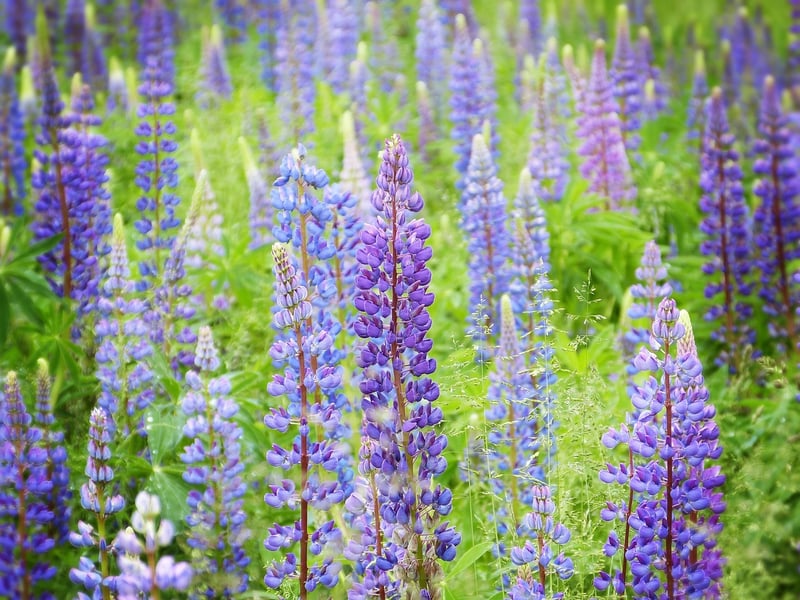Fertilizing Plants
Essential Guide for Plant Maintenance and Fertilizing
Introduction
Welcome to our comprehensive guide on plant maintenance and fertilizing. Whether you are a seasoned gardener or just starting with your green thumb journey, this guide will provide you with all the necessary information to keep your plants healthy and thriving.
Plant Maintenance
Proper plant maintenance is crucial for the overall health and growth of your plants. Here are some essential tips to ensure your plants stay in top condition:
1. Watering
Water your plants regularly, ensuring they receive adequate moisture without being waterlogged. Different plants have varying water requirements, so it's essential to research the specific needs of each plant.
2. Pruning
Regular pruning helps promote new growth and keeps your plants looking neat. Remove dead or yellowing leaves and trim overgrown branches to maintain the plant's shape.
3. Cleaning
Keep your plants clean by gently wiping the leaves with a damp cloth to remove dust and prevent pest infestations. This also allows the plant to absorb more sunlight efficiently.
4. Repotting
As plants grow, they may outgrow their pots. Repotting allows for better root development and prevents the plant from becoming root-bound. Choose a slightly larger pot with good drainage for healthy growth.
Fertilizing Plants
Just like humans need nutrients to thrive, plants require fertilizers to supplement the soil's nutrients and promote healthy growth. Here's what you need to know about fertilizing your plants:
1. Types of Fertilizers
There are various types of fertilizers, including organic and synthetic options. Organic fertilizers are derived from natural sources like compost or manure, while synthetic fertilizers are chemically formulated. Choose a fertilizer based on your plant's needs and growth stage.
2. Application
Follow the recommended dosage on the fertilizer package and apply it during the plant's active growing season. Avoid over-fertilizing, as it can harm the plant roots and disrupt growth. Water the plants after fertilizing to help the nutrients penetrate the soil.
3. Timing
Fertilize your plants at the beginning of the growing season to provide them with a nutrient boost. You can also fertilize periodically throughout the season, following the specific requirements of your plants.
Conclusion
By following these plant maintenance and fertilizing guidelines, you can ensure that your plants not only survive but thrive in their environment. Remember to observe your plants regularly, as they will often show signs of distress if they lack essential nutrients or proper care.
Happy gardening!

